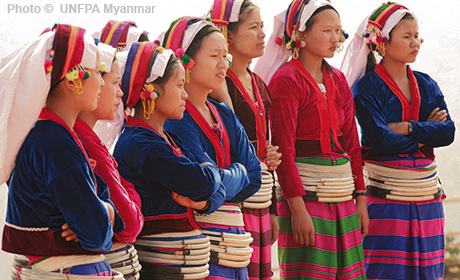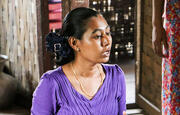| Appeal Country | People reached with Dignity Kits |
|---|
| Appeal Country | Women reached with sexual and reproductive health services, including antenatal and postnatal care, emergency obstetric and newborn care services |
|---|---|
| Myanmar | 147985 |
| Appeal Country | Women reached with sexual and reproductive health services, including antenatal and postnatal care, emergency obstetric and newborn care services |
|---|---|
| Myanmar | 3431 |
| Appeal Country | Safe spaces supported by UNFPA (includes safe spaces for women, girls and youth |
|---|---|
| Myanmar | 68 |
| Appeal Country | Health Facilities that provide Emergency Obstetric Care, supported by UNFPA |
|---|
| Appeal Country | Personnel trained on various aspects of sexual and reproductive health, including the Minimum Initial Service Package |
|---|---|
| Myanmar | 29 |



Social Updates
Tweets from UNFPATürkiye